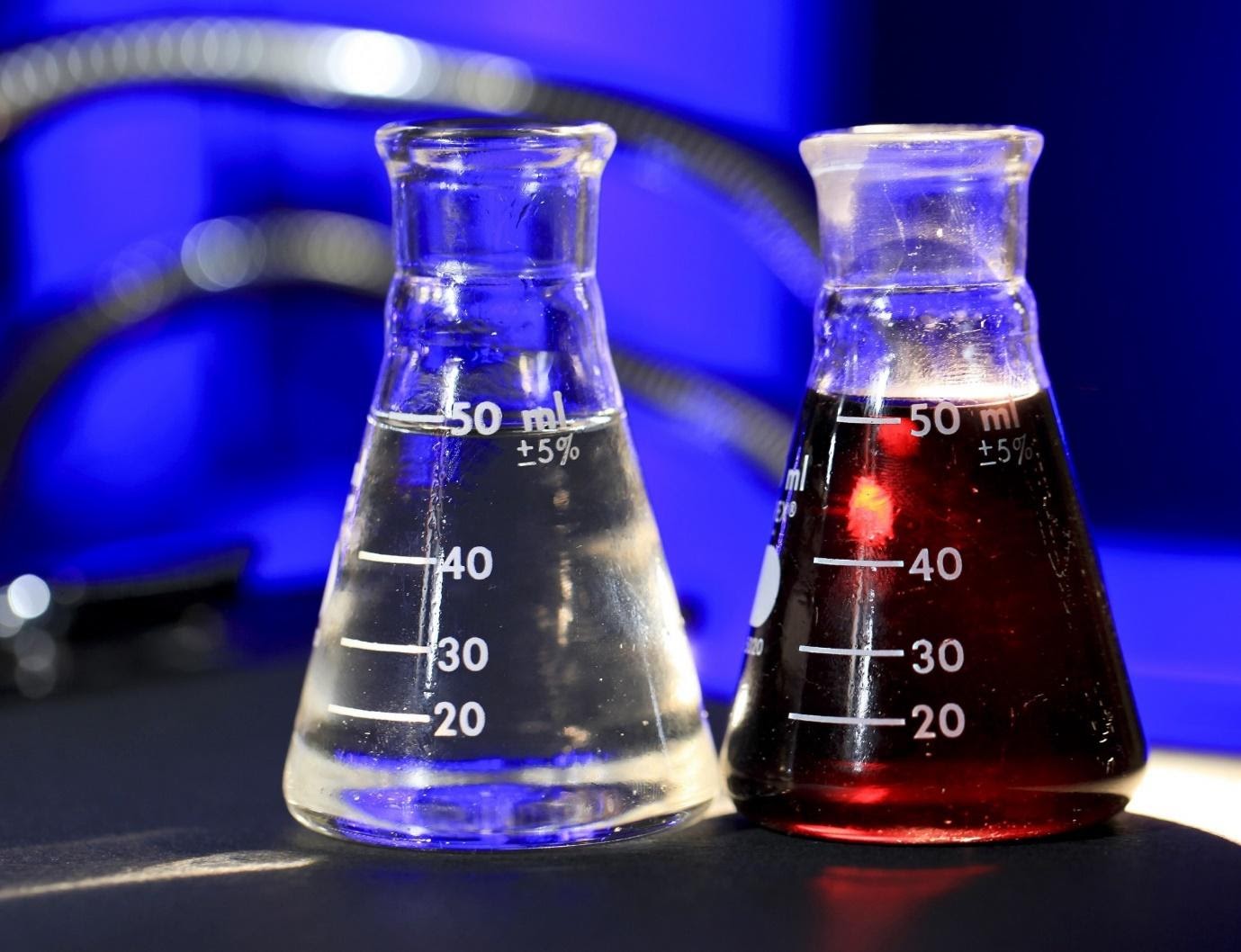When working with highly reactive chemicals, you need to store and handle them correctly. If you drop the wrong canister, mix the wrong solutions, or store reactive chemicals in the wrong container, you could create disaster. That’s why chemical safety is so important.
Let’s take a look at some tips for chemical storage.
Packing
Several different materials are used for chemical packaging. When choosing the material, you must consider how reactive and flammable each chemical is.
Glass – Glass is a very useful material for storing chemicals such as acids and bases since it is mostly inert. It does not corrode, comes in multiple shapes, insulates the contents, and can be either transparent or tinted. Coating the glass in plastic helps it hold broken pieces in place if the glass shatters.
Plastic – Plastic is widely used for packaging chemicals. It doesn’t shatter easily, it comes in custom shapes, and it can store many types of chemicals safely without reaction.
You can also store strong acids and bases in plastic containers coated with Teflon, a material resistant to many chemicals.
Metal Drums – Store flammable materials in metal containers. Not only can grounded metal protect against a static charge, but it can also be covered with anti-static tops or coatings.
Custom Materials – Since packaging must be customized to the chemicals being stored, you may want to use packing services to locate or design useful, safe containers.
Storage Tips
While each chemical has its own storage recommendations, some general recommendations will help you keep your lab and your chemicals safe. Make sure that shelves have a lip to prevent bottles from sliding off, and never store water-reactive chemicals under the sink. Label all chemical storage containers.
Poisons – Store poisonous chemicals in unbreakable, chemically resistant containers. Keep in ventilated areas.
Flammable Liquids – Store all flammable liquids in one designated space, such as a cabinet or storeroom. Some flammables need to be refrigerated.
Flammable or Oxidizing Gasses – Keep containers in a cool dry area. Attach the containers to a wall or a bench.
Water-Reactive Chemicals – Keep water-reactive chemicals in cool, dry areas. Do not store them near fire sprinklers or under the sink.
Corrosives – Store corrosive chemicals in safety coated containers in locations below eye level. This helps prevent eye injuries if the chemical spills.
Highly Toxic Chemicals – Store highly toxic chemicals in unbreakable containers in areas away from fire hazards, heat, and moisture. Restrict access as much as possible.
Pyrophoric Chemicals – Pyrophoric chemicals ignited when exposed to oxygen or moisture. Store these chemicals in water, mineral oil, or inert gasses to prevent contact with air.
Discard When Expired
Some chemicals deteriorate over time, and others can be dangerously concentrated through evaporation or other means. Discard the chemicals according to the expiration dates to keep from creating hazardous conditions.
Safety Data Sheets
If you’re not sure how to store an individual chemical, read the Safety Data Sheet for the chemical. Section 7 covers chemical handling and storage.
Promote Chemical Safety
You can improve chemical safety by choosing good practices. Use the right packing materials and follow good protocols to keep your lab functional and accident-free.
If you enjoyed reading this, check out our blog for more interesting articles.





